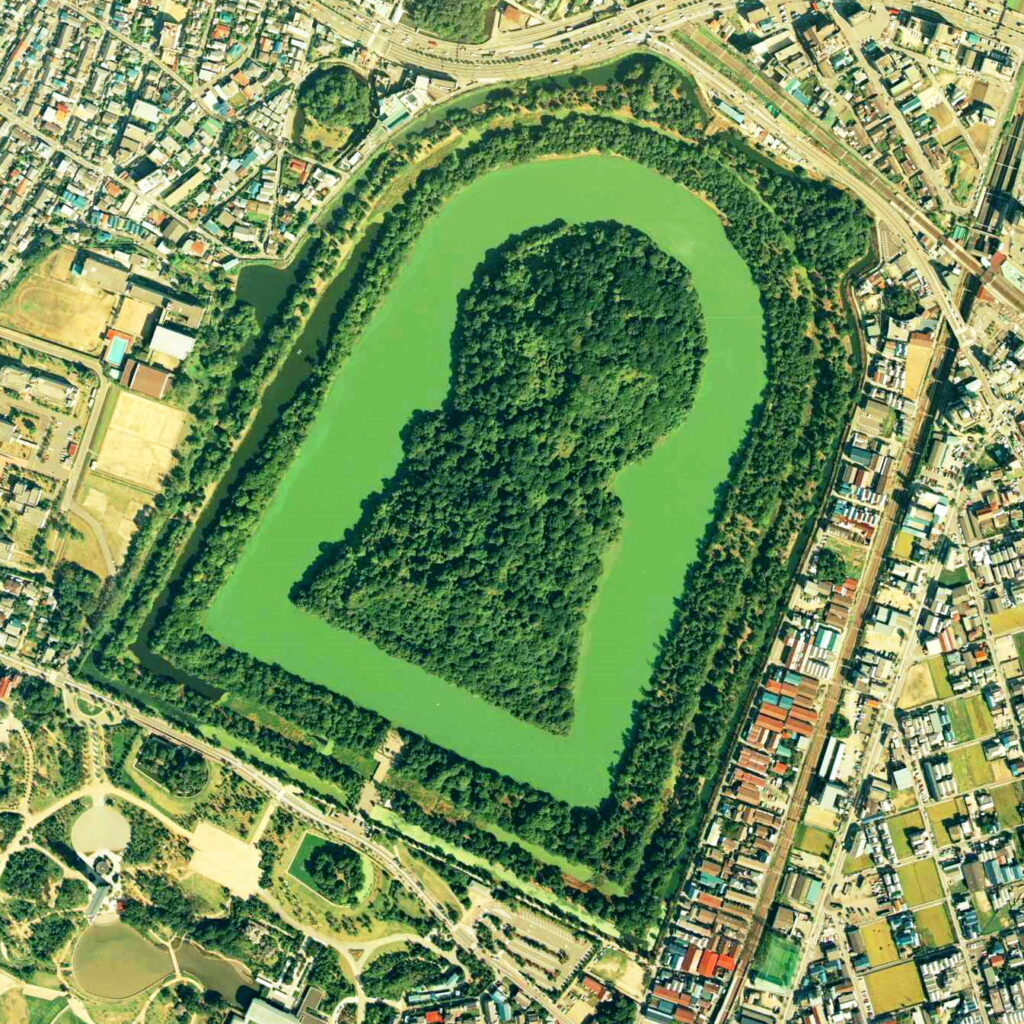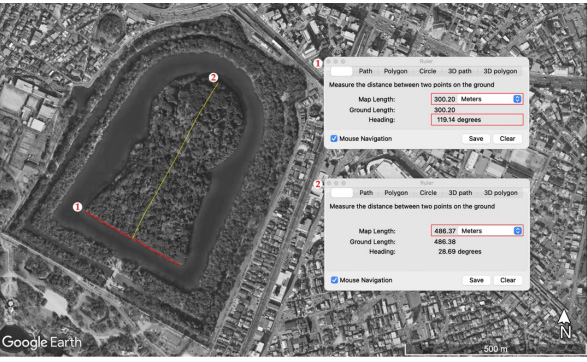There is still a lot to discover about our past and new technologies are coming to meet us, shedding light on hitherto unsolved mysteries. One of the most fascinating and remote mistery relates to the Kofun period in the history of Japan , between the third and seventh centuries AD, known for the huge tumulus tombs (called Kofun) which, according to tradition, guard the earthly remains of the first, legendary emperors and dignitaries of Japan.
They are among the largest monuments ever built and so far little studied, because they are strictly protected by the Japanese government and it is also forbidden for researchers to approach them . There are no written sources, either from the time or more modern, to refer to to find out more.
So we study them from afar : with satellite eyes, using the remote sensing technique. The group of Politecnico di Milano led by researchers Giulio Magli, Norma Baratta and Arianna Picotti was the first to observe, in the its entirety, the shape, size and orientation of these constructions, which recall enormous keyholes.

In particular, for the first time the researchers were able to "explore" the largest and most mysterious mound: the majestic Daisen Kofun , 486 meters long and about 36 meters high, attributed to the legendary Japanese emperor Nintoku, the sixteenth in the history of Japan.
The remote sensing has made it possible to study the orientation of over one hundred Kofuns and verify that there is "a connection of all the entrance corridors with the arch of the sky where the Sun and the Moon are visible every day of the year ". The Daisen Kofun, on the other hand, is oriented "towards the arc of the rising / shining Sun", where - during the winter solstice - the Sun is born.

"The study of the orientation of ancient tombs is a powerful tool to better understand the cognitive aspects of religion and power in ancient societies", reads the article published by researchers in the prestigious journal Remote Sens ( here the link to the full article ). The ancient Japanese emperors linked to the mythical origin of their dynasty, precisely to the Sun, the deity believed to be descended from the Sun Goddess Amaterasu.
The research group is led by Giulio Magli , astrophysicist and archaeoastronomer specialized in the study of the relationships between the architecture of ancient civilizations, the landscape and the celestial vault, teacher of Archaeoastronomy at Politecnico di Milano.